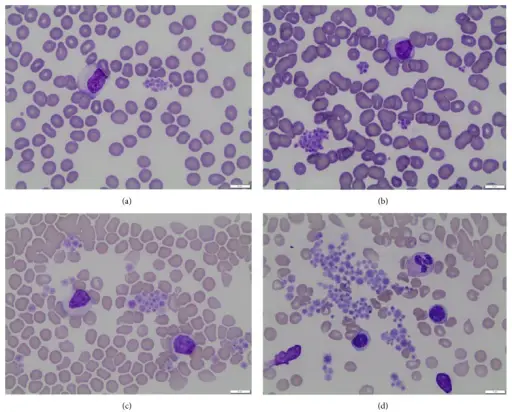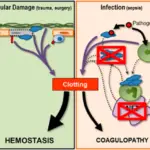Von Willebrand disease is a blood disorder associated with excessive bleeding.
What is the Pathology of the Von Willebrand Disease?
The pathology of von Willebrand disease is:
-Etiology: The cause of von Willebrand disease is an inherited defect.
-Genes involved: vWF gene.
-Pathogenesis: The sequence of events that lead to von Willebrand disease is an abnormality, either quantitative or qualitative, of the von Willebrand factor that does not properly help stop bleeding.
-Morphology: The morphology associated with von Willebrand disease is associated with bruising and easy bleeding.
How does Von Willebrand Disease Present?
Patients with Von Willebrand disease typically are either males or females present in the age range of all age groups. The symptoms, features, and clinical findings associated with Von Willebrand disease typically include frequent bleeding, easy bruising, and pink urine.
How is Von Willebrand Disease Diagnosed?
Von Willebrand disease is diagnosed with blood and genetic tests.
How is Von Willebrand Disease Treated?
Von Willebrand disease is typically treated with desmopressin acetate.
What is the Prognosis of the Von Willebrand Disease?
The prognosis of von Willebrand disease is fair.



